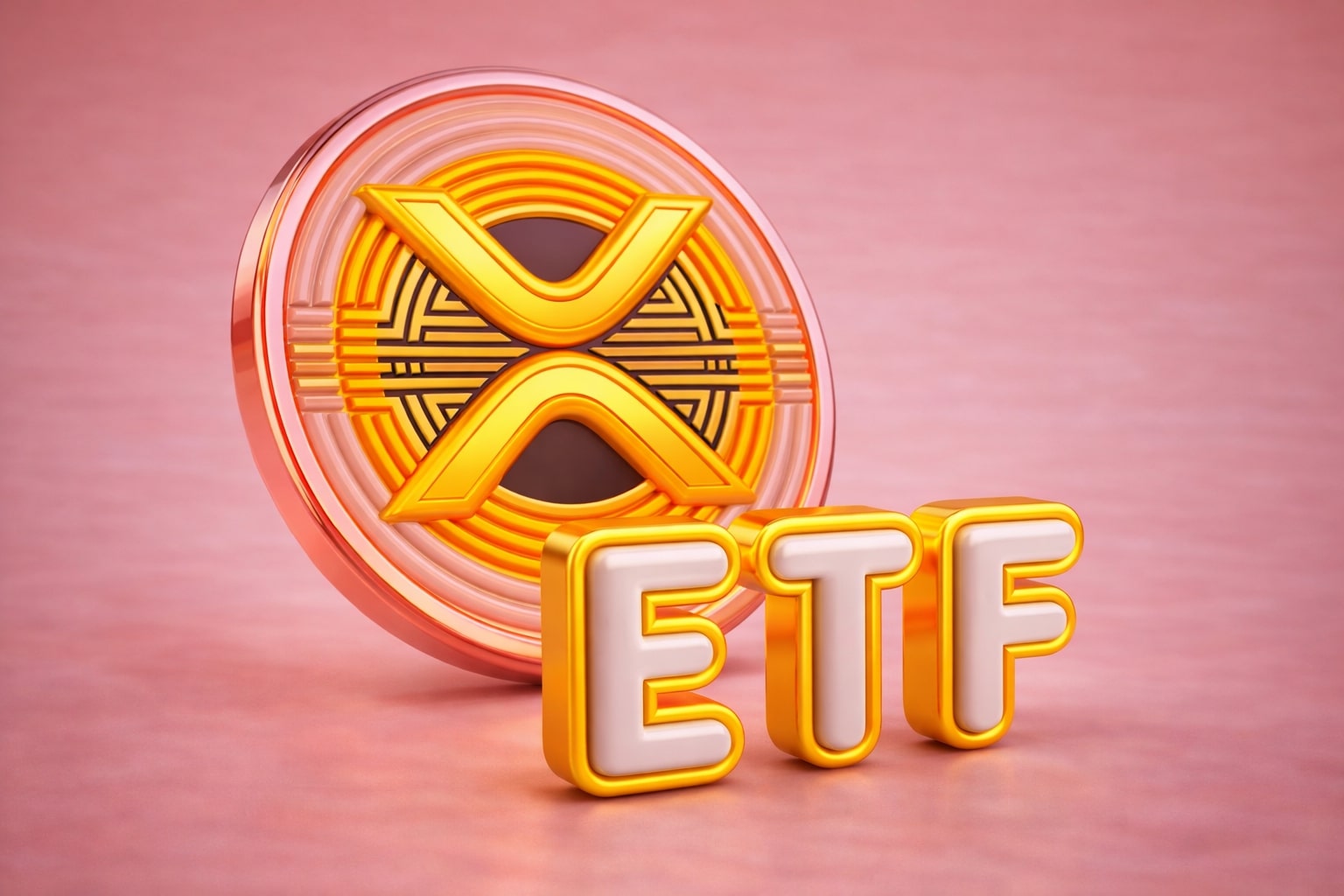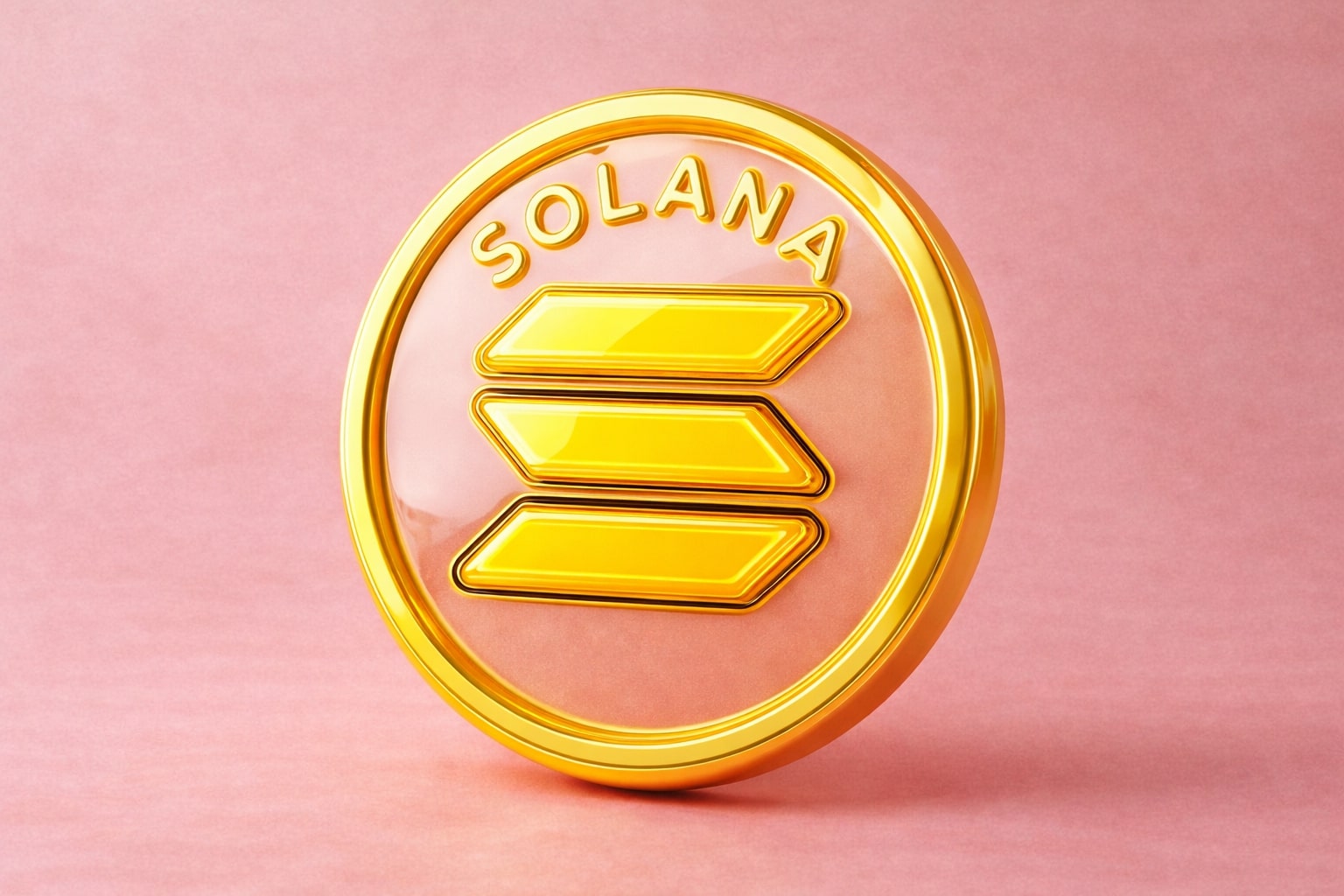
Ethereum Price Forecast: ETH-USD at $4,006 Tests $3,515 Support as Whales Accumulate $1.7B
ETH has dropped 10% in September, but RSI is at its lowest since April and whales are buying aggressively. With resistance at $4,158–$4,505 and support at $3,515–$2,772, Ethereum’s path to a $7K–$10K recovery hinges on Q4 seasonality and institutional flows | That's TradingNEWS
Ethereum Price Under Pressure as ETH-USD Tests the $4,000 Pivot
Ethereum (ETH-USD) is trading near $4,006, down more than 10% in the past week after slipping below the crucial $4,000 handle multiple times. Over the last 24 hours, ETH has oscillated between $3,990 and $4,038, leaving traders nervous about whether the $4,000 line will act as support or a short-lived stop before deeper declines. At its weekly low, Ethereum touched $3,842, wiping out nearly $110 billion in market cap from the August all-time high at $4,950. The move reflects both seasonal weakness—September has historically been ETH’s worst month—and broader pressure from ETF outflows and fading institutional flows.
Oversold RSI Creates Conditions for a Rebound
Technical signals are showing mixed but important clues. The Relative Strength Index (RSI) for ETH has now entered its most oversold zone since April 2025, after a 20% correction over the past two weeks. The last time Ethereum hit similar RSI levels, the price staged a 134% rally within two months, climbing from $1,700 to over $4,000. Popular analyst Lark Davis points to the $3,800–$3,900 zone as a “make or break” level that bulls must hold to prevent a sharper collapse toward $3,600 or even $2,750. On-chain MVRV price bands confirm that $2,772 represents the next significant downside cluster where heavy volumes were previously transacted.
ETH Resistance Zones: $4,158, $4,307, and $4,505
Glassnode’s UTXO Realized Price Distribution (URPD) reveals heavy sell-side pressure clustered between $4,158 and $4,505. These bands represent historical buying levels where investors could look to exit at breakeven. Unless Ethereum clears at least $4,307 with conviction, rallies may remain capped, leaving ETH stuck in a high-volatility chop. Breaking $4,505 would reopen the path to $5,000, and from there, the $7,000–$8,000 range eyed by bullish analysts for Q4. Without this breakout, ETH risks prolonged sideways trading under resistance while liquidity rotates into emerging altcoins.
Whales Accumulate $1.73 Billion in ETH Despite Sell-Off
Blockchain analytics show that whales are taking the other side of retail panic. In just three days, large entities withdrew 431,018 ETH, worth approximately $1.73 billion, from exchanges including Kraken, Galaxy Digital, BitGo, FalconX, and OKX. Sixteen wallets accounted for this activity, signaling accumulation despite market turbulence. Historically, whale accumulation during oversold conditions has preceded multi-month rallies, as seen in early 2023 and again in mid-2024. If this trend holds, the $3,515–$3,900 support cluster could mark the foundation for Ethereum’s next leg higher.
ETF Outflows and Institutional Pressure on ETH-USD
Ethereum ETFs have struggled to hold flows in recent weeks. Data shows a net outflow that coincided with ETH’s fall under $4,000, adding to the selling pressure. Unlike Bitcoin ETFs, which continue to attract steady institutional inflows, Ethereum’s narrative has been complicated by competition from Layer-2 scaling solutions and uncertainty around U.S. regulatory treatment. However, institutions are not abandoning ETH altogether. BitMine, a large digital asset treasury, disclosed that it now holds 2.41 million ETH worth over $10 billion, shifting its corporate balance sheet away from Bitcoin into Ethereum. The move is being described as the “largest ETH treasury bet ever,” giving ETH legitimacy as a core institutional asset despite short-term volatility.
Seasonality: September Weakness, Q4 Strength
Ethereum’s poor performance in September is consistent with its history. Michael van de Poppe noted that Q4 and Q1 have been ETH’s strongest periods, with average double-digit gains across both quarters. In fact, Q1 is statistically Ethereum’s most profitable quarter since inception. If this pattern holds, the 10.3% September decline may represent a seasonal flush-out rather than a structural reversal. With oversold conditions aligning with historical seasonality, the setup for a ye
year-end rally toward $7,000–$10,000 remains alive.
Read More
-
SPYD ETF Price at $43.57: Is This High-Dividend S&P 500 Fund Still Cheap for 2026?
30.12.2025 · TradingNEWS ArchiveStocks
-
XRP ETF Inflows Ignite: XRPI at $10.79 and XRPR at $15.43 While XRP-USD Holds the $1.80 Floor
30.12.2025 · TradingNEWS ArchiveCrypto
-
Natural Gas Price Forecast $4: Storage Slides, UNG Climbs and NG=F Targets $5.50
30.12.2025 · TradingNEWS ArchiveCommodities
-
USD/JPY Price Forecast: 158 Ceiling and 154.50 Support Define the 2026 Battle
30.12.2025 · TradingNEWS ArchiveForex
Ethereum vs. Altcoin Rotation: Remittix and Market Noise
The correction has opened the door for speculative rotation into smaller projects like Remittix (RTX), which has raised $26.7 million in presale funding and secured listings on BitMart and LBANK. Retail flows chasing promises of “12,000% gains” highlight the kind of frothy behavior that often coincides with major bottoms in blue-chip crypto assets. While some whales diversify into emerging tokens for short-term plays, Ethereum’s dominance in DeFi, NFTs, and institutional adoption keeps it the benchmark. The comparison to XRP’s cycles or early Solana rallies only underscores that ETH remains the centerpiece of the smart contract economy even as side projects capture temporary headlines.
Ethereum’s Roadmap: Scalability, Policy, and Neutrality
Tom Lee of Fundstrat reiterated his view that Ethereum could reach $10,000–$12,000 by year-end 2025, describing ETH as entering “real price discovery.” His thesis rests on three pillars: scalability upgrades, neutrality as a settlement layer for both TradFi and DeFi, and increasing political support from policymakers looking for blockchain infrastructure that is not Bitcoin-centric. The EIP-4844 proto-danksharding upgrade has already lowered average gas fees on Layer-2s, making Ethereum transactions more attractive again. Combined with the ETH supply burn from EIP-1559, the macro framework remains structurally bullish despite short-term volatility.

















